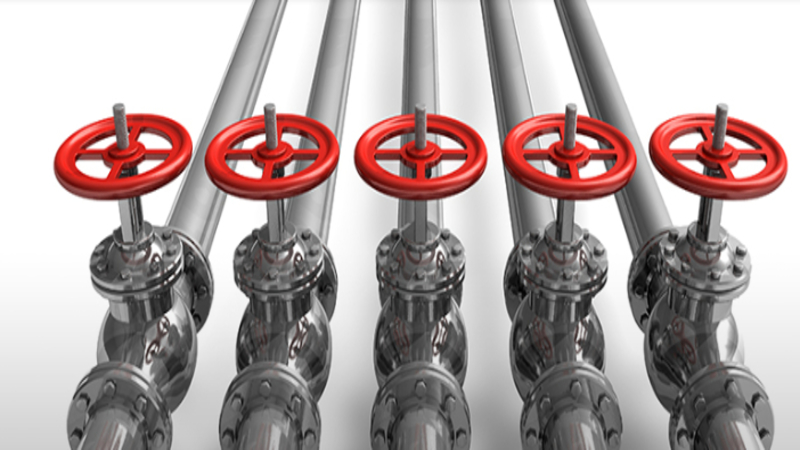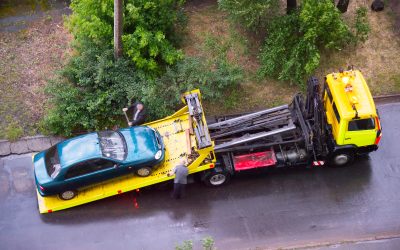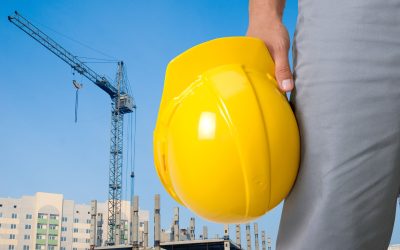Before purchasing a replacement hydraulic cylinder for your tool, machine or vehicle; be fully aware of the various specifications to consider in selecting the right piece. There are a number of sources online that sell premade cylinders in certain standard sizes and types for certain brands of machines such as bulldozers and backhoes, but custom orders are common and manufacturers can normally get your part made and delivered in 4-6 weeks. Not all applications can use premade cylinders, so once you fully understand your needs when it comes to size, psi, length and ratings you can have a company create the piece to your precise specifications.
Understanding the types of hydraulics
There are three types of cylinders including welded, tie rod and ram. Each one has a different purpose and can be used for various payloads or applications. Tie-rod cylinders are commonly seen in industrial machines and tools, as well as transfer lines within the automotive manufacturing industry. Rams are common among jacks and lift points on vehicles, such as the stabilizing systems on motor homes or tractor trailers. Single acting welded cylinders are often used in the aircraft industry or in applications where completely custom sizing and smooth operation is required. They are also much less likely to leak in comparison to tie rod cylinders as they have fewer points in which to do so.
Considering the diameters and payloads
Some applications may require a much larger payload rating than others; for example, you would never need to worry about being able to lift thousands of pounds if you were working with a small hand tool, but if you were talking about a crane or a winch, the payload rating or maximum working pressure would be extremely important to consider in your replacement part. Cylinders and hydraulic systems that are too small or large for the job can not only endanger your workers, it can also damage your machines. Two diameters should also be taken note of when replacing a piece, the bore and rod diameter if applicable. Bore is the size of the fluid compartment and directly relates to the psi possible for that item, and the rod is the size of the piston used in that cylinder. Both directly relate to the lifting or pressing power available to the machine it is used in, so be sure you fully know which sizes work best for your application.



